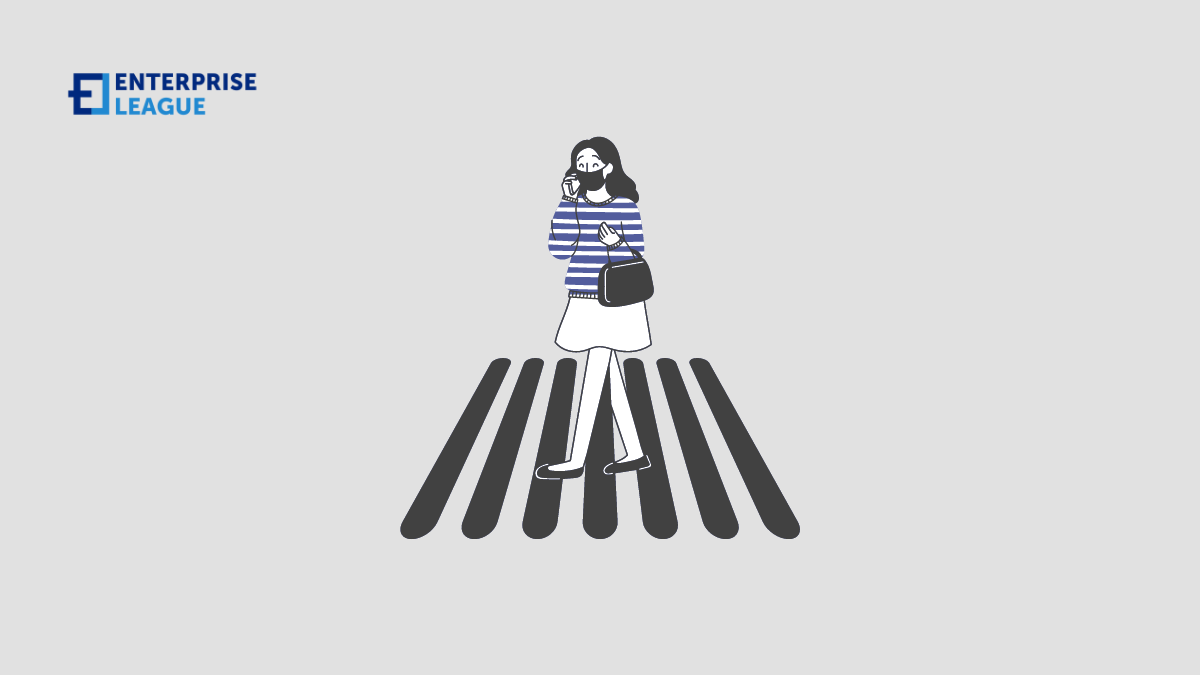Whether you’re a daily walker or just someone who wants to know the ropes, this article is your guide to understanding and navigating the pedestrian right-of-way law in the Golden State. So, put on your walking shoes, join the flow of foot traffic, and let’s explore the ins and outs of pedestrian rights. To fully comprehend how legal professionals can assist pedestrian accident victims in California, turn to an experienced personal injury law firm like The Bradley Law Firm.
Understanding the basics of pedestrian right of way
First things first, let’s unravel the foundation of pedestrian right of way law. In California, pedestrians generally have the right of way at crosswalks and intersections, whether they’re marked or unmarked. This means that drivers are obligated to yield to pedestrians who are lawfully crossing the road. But remember, pedestrians also have responsibilities – they must exercise reasonable care and not step into traffic suddenly.
Navigating marked crosswalks
Marked crosswalks are the zebra-striped havens where pedestrians hold a more pronounced right of way. When pedestrians step into a marked crosswalk, drivers are legally required to stop and allow them to cross safely. This doesn’t mean pedestrians should stroll casually without looking – it’s a two-way street of caution, with both drivers and walkers watching out for each other.
Unmarked crosswalks and intersections
Unmarked crosswalks are those without the zebra stripes but still hold significance in the eyes of the law. At intersections, whether marked or unmarked, pedestrians always maintain the right of way. Even if the crosswalk isn’t painted on the ground, pedestrians are entitled to cross safely while vehicles yield to them.
Pedestrian responsibilities
While pedestrians enjoy certain rights, they also bear responsibilities. Crossing when the signal indicates “walk” is a no-brainer. But it’s equally important to avoid crossing against a “don’t walk” signal or when the “walk” signal has expired – unless you’ve already started crossing. Jaywalking, or crossing the road at a point other than a designated crosswalk, isn’t illegal in California, but it’s not exactly the safest choice either.
Vehicles making turns
Here’s a scenario to navigate: When vehicles are making turns at an intersection or into a crosswalk, who gets to move first? Pedestrians have the right of way, provided they’re complying with traffic signals or, if there are none, they’re already in the crosswalk. This applies to both left and right turns. Drivers must wait for pedestrians to cross before making their turns.
Shared streets and pedestrian zones
In areas designated as pedestrian zones or shared streets, vehicles are expected to yield to pedestrians. These zones often have lower speed limits, creating a safer environment for foot traffic. Pedestrians still need to be cautious and aware of their surroundings, but drivers must exercise heightened caution and yield when necessary.
Special caution around children and elderly
When it comes to children, elderly individuals, and persons with disabilities, it’s especially important for drivers to exercise patience and extra caution. These individuals might need more time to cross the road safely, and it’s our collective responsibility to ensure their well-being.
Conclusion
Pedestrians generally have the upper hand when it comes to crosswalks and intersections, but remember that a respectful coexistence between walkers and drivers is the key to road safety. Whether you’re stepping onto a marked crosswalk, venturing across an unmarked one, or sharing a pedestrian zone, the harmony between pedestrians and drivers keeps our streets safe for everyone. So, fellow walkers and drivers, let’s remember our roles, keep an eye out for each other, and make our journeys on California’s roads as smooth as can be.
More must-read stories from Enterprise League:
- Innovative small business growth tips that will take you to the next level.
- Implement a CRM strategy for your business using this guide.
- Tactics for using TikTok marketing for your small business successfully.
- How to handle a situation where employees are not getting along.
- Profitable and funny business idea that you can start today.
Related Articles
Best 1800 Number Providers In Australia
If you're operating a business in Australia, it's in your best interest to invest in the right tools to give you an advantage in your respective field. One tool that many local entrepreneurs often overlook is a business number, particularly an 1800 number. 1800...
Where to Find Affordable Election Services for Unions
Every year, thousands of labor or trade organizations across the country hold elections to choose representatives. This creates a demand for affordable election service providers that help unions manage the logistics. Election services for unions come in many...
Workplace Violence or Drug Accusations: Protecting Yourself Legally
Accusations of workplace violence or drug-related misconduct can derail a career, even when the claims are unfounded. A single allegation can lead to suspension, internal investigations, damaged professional relationships, and in serious cases, criminal charges....
Best 1800 Number Providers In Australia
If you're operating a business in Australia, it's in your best interest to invest in the right tools to give you an advantage in your respective field. One tool that many local entrepreneurs often overlook is a business number, particularly an 1800 number. 1800...
Where to Find Affordable Election Services for Unions
Every year, thousands of labor or trade organizations across the country hold elections to choose representatives. This creates a demand for affordable election service providers that help unions manage the logistics. Election services for unions come in many...






